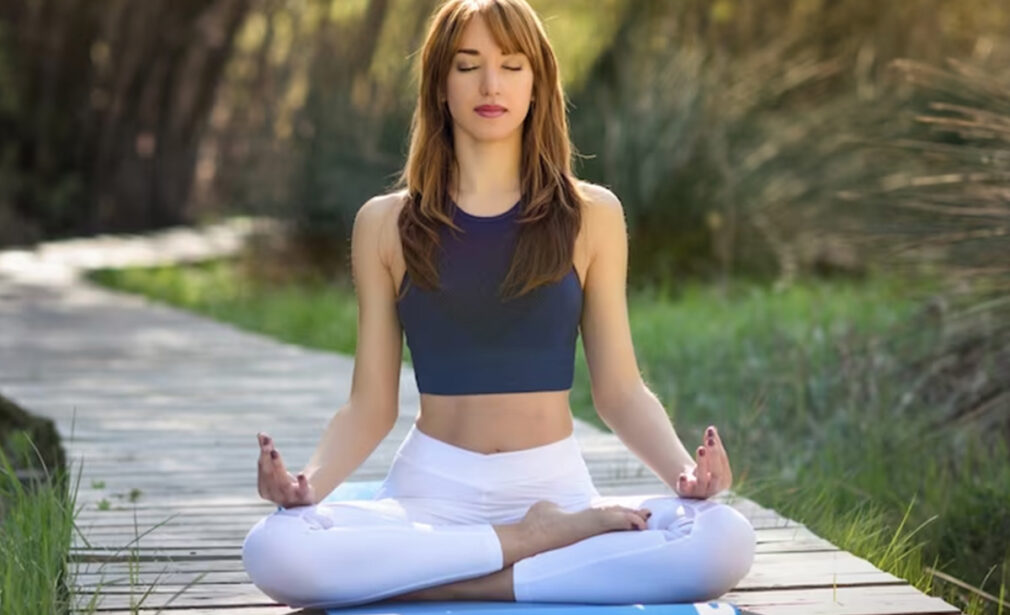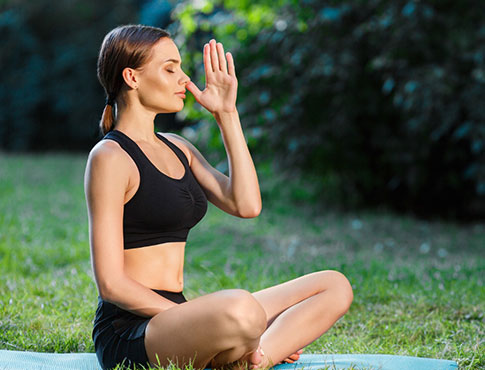100 Hour Kundalini Yoga Teacher Training In Rishikesh

Our 100-hour Kundalini Yoga TTC Rishikesh India will provide you with the information you need to successfully teach this engaging and active type of yoga. Kundalini Tantra is also extensively examined, with a focus on its role in spiritual and physical growth. Meditation is an essential component of all yoga practices, notably Kundalini Yoga. You will learn about meditation, as well as numerous techniques and strategies for teaching it. Shiva Yoga Ashram has launched a short-term course for yoga enthusiasts interested in learning Kundalini Yoga. Kundalini energy is a type of energy that exists at the base of each individual's spine.
You will learn basic information over the two weeks of the session. After completing the course, you may find some hidden energy inside yourself. Shiva Yoga Ashram offers the most authentic information on how to awaken Kundalini Energy and harness it for positive purposes. After completing the course, students will have the greatest and most relevant academic and practical understanding of the subject.
You will learn about Kriyas, including their relevance, practical use, and advantages. You will also learn how to balance both the mind and the body via breath and breath retention, as well as how to cleanse and purify the body using basic shatkarma. You'll also learn Hatha Yoga and Kundalini Theory. Our teachers are all professionals in their fields, and they will educate you excitingly and understandably. They will assist you in de-mystifying and discovering the hidden gems of Kundalini Yoga and Kundalini Tantra, as well as experiencing the health benefits of cleaning, purifying, and healing your body and mind on several levels.
100 Hour Kundalini Yoga Teacher Training In India
Our 100-hour Kundalini Yoga Teacher Training in Rishikesh, India, is thorough, providing you with a clear analysis and deep grasp of Kundalini Yoga and its practical applications. Our professors are dedicated to your learning and growth, and they have extensive knowledge and expertise in their fields. After finishing this course, you will be confident enough to teach your own Kundalini Yoga courses.
Supreme skills and wisdom have been passed down via ancient traditions, with a focus on healing, recovery, cleansing, energy augmentation, and cultivation. These approaches are rapidly vanishing in the current era, thus learners must seek out this information to progress on their path. If this seems like something you'd be interested in studying, look no further. This course is for you.
- Improve the flow of lymph and blood in your entire body.
- Ensure normal functioning of the lungs
- Helps to overcome addictions.
- strengthens both your nervous and immunological systems.
- It is an effective strategy to burn excess calories and lose weight.
- It helps you eliminate negative energy.
Course Overview
| Course Name | 100 Hour Kundalini Yoga Teacher Training In Rishikesh |
|---|---|
| Level | Beginners |
| Yoga Form | Hatha |
| Duration | 10 Days |
| Module | Residual + Daily Meals |
| Language of Instruction | English & Hindi |
| Certification | Yoga Alliance (RYT 100) |
| Venue | Shiva Yoga Ashram |
| Location | Rishikesh, India |
| Course Fee | Shared Room: $xxxx Shared Room: $xxxx |
Schedule of 100 hour Kundalini Yoga Teacher Training
-
Wake Up
-
Pranayama
-
Classical Hatha Yoga
-
Breakfast
-
Yoga Anatomy
-
Alignment & Adjustment
-
Yoga Philosophy
-
Lunch
-
Ashtanga Yoga
-
Meditation & Mantra chanting
-
Dinner
-
Lights off
100 hour Kundalini Yoga Teacher Training Course Fee

Why Choose Us?
Complete Overview Of 100 Hour Kundalini Yoga TTC In India
Our 100-hour Kundalini Yoga Teacher Training in Rishikesh, India, provides you with a foundational course in which you will learn about the Kundalini and its potential for spiritual and physiological improvement. This course aims to provide you with an understanding of Kundalini, its place inside the body, its effects, its powers, the causes of many ailments, tantra sadhana for Kundalini awakening, and meditation to elevate Kundalini forces. With this basic 100-hour course, we will provide you with comprehensive advice on how to discover and regulate Kundalini's power and potential.
- This course will teach you all you need to know about Kundalini, including its effects, powers, location throughout your body, tantra sadhana for Kundalini awakening, and the causes of many illnesses.
- Master the skills associated with this type of yoga, but also get a thorough grasp of the mystical components of Kundalini yoga.
- Promote comprehensive wellness, including the physical, mental, and spiritual aspects.
- Identifying and controlling the force of Kundalini and its potential.
- Practical and theoretical lessons as well as an in-depth study of Kundalini.
- Guide you down the path of self-discovery in the spiritual realm of yoga teaching and yoga.
- Assist you in simplifying your thoughts most efficiently.
Syllabus For 100 Hour Kundalini Yoga Teacher Training
The course teaches you about the science, history, and philosophy of yoga. You will also learn how to apply yoga for physical, mental, and spiritual healing. With this information, you may begin your path to self-realization and spiritual development. You will also be able to practice kundalini yoga with experienced instructors from across the world who are committed to helping others attain their full potential.
Daily Schedule Of 100 Hour Kundalini Yoga Teacher Training
Shiva Yoga Ashram offers the best yoga training due to its intense training schedule. It also gives the practitioner a strong sense of balance and steadiness. Daily yoga practices will also improve spinal strength and hamstring flexibility. It also improves joint range of motion. The instruction covers essential features such as asanas, alignment, breathing, and guiding the way.
